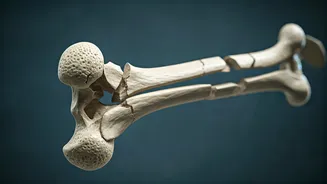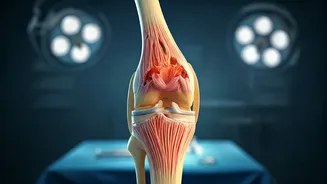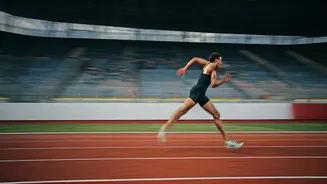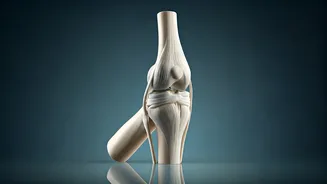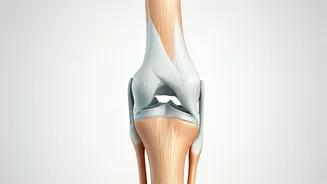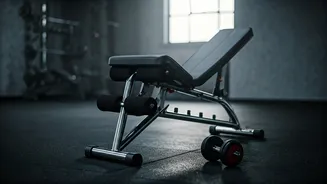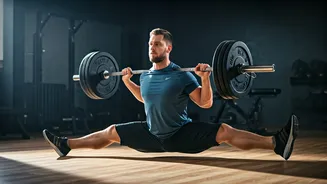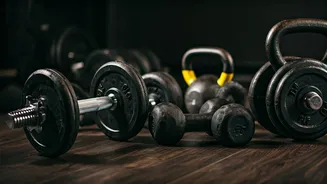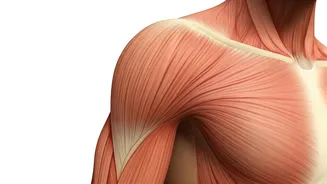Presses Behind Neck
Pressing or pulling weight behind the head may appear to offer a wider range of motion, but it positions the shoulder in a vulnerable state. The shoulder moves
into external rotation and abduction, making it unstable. Research emphasizes how extreme joint angles amplify stress on soft tissues, even with moderate weights. The rotator cuff, which maintains shoulder alignment, faces extra strain in these positions because it works harder to keep the joint stable. Often, people lack the necessary flexibility to do behind-the-neck exercises safely. This can lead to compensatory movements, placing extra stress on the neck. Exercises performed in front of the body, however, follow the natural path of the shoulder, supporting better scapular rotation and lowering the risk of harm. These alternative movements are crucial for building strength while respecting the body's natural movement patterns.
High-Impact Jumping
Jumping on hard surfaces can greatly affect your joints. Hard surfaces increase the force transferred through the ankle, knee, and hip during landing. Repeated high-impact activity can accelerate cartilage thinning. Inconsistent landing techniques and fatigue also increase joint stress. Plyometric training can improve power and responsiveness, but the surface matters significantly. Softer surfaces and proper footwear can help distribute the force and protect joints. Adequate rest between high-impact sessions allows cartilage to recover. When done carefully, plyometrics can remain an effective training tool, preventing joint problems.
Kipping Pull-ups
Movements that use momentum can cause high force spikes, particularly in the shoulder and spine. Repeated overhead kipping can irritate soft tissues. Poor Olympic lifting technique introduces abrupt torque on the spine. Explosive exercises driven by momentum can overload the shoulder and lower back, especially when the person lacks strength or coordination. Rapid, high-force transitions increase stress on vulnerable structures. Kipping pull-ups involve repeated overhead positions without proper stability, raising the chance of soft tissue irritation. Similarly, improper Olympic lifting can make the spine vulnerable. Slow tempo strength exercises allow surrounding muscles to absorb force, minimizing mechanical spikes. Prioritizing strength before speed enables individuals to enjoy dynamic training while protecting their joints.
Straight Leg Deadlifts
Straight leg deadlifts, intended to target hamstrings, can shift the load to the lower spine if performed with excessive weight or limited hip mobility. Compromised positions contribute to increased spinal loading. Without proper hip hinge mechanics, the movement becomes a back-dominant exercise, raising the risk of disc irritation. Controlled hinge variations, like Romanian deadlifts with a neutral spine, help to build strength while aligning the pelvis and lower back. This approach ensures the hamstrings and gluteal muscles bear the load instead of the spinal structures, promoting long-term spinal health and reducing strain.
Safer Alternatives
Prioritizing a controlled tempo and stable alignment helps maintain healthier mechanical distribution. Using alternatives such as goblet squats, landmine presses, step-ups, and Romanian deadlifts provides joint-friendly strength gains. Low-impact conditioning supports cardiovascular fitness without force spikes. Incorporating these strategies into your routine can reduce joint stress while supporting long-term mobility. Focusing on safe and sustainable exercise methods is key to a healthy and active lifestyle. These options offer a path toward building strength and fitness, ensuring the longevity of your joint health. It ensures you stay active while minimizing the risk of joint issues.
